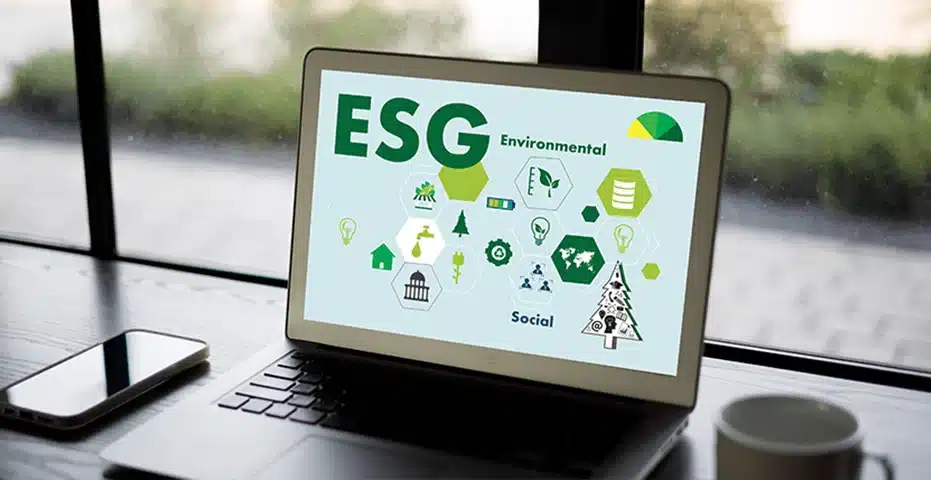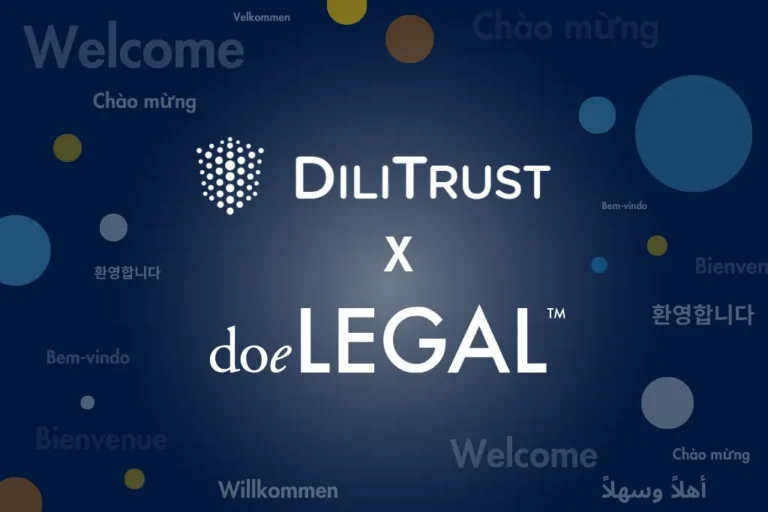Environmental, Social and Governance (ESG) criteria are key indicators for analyzing how sustainable development is taken into account in the strategy of organizations.
In the economic and financial sectors, where ESG has been particularly popular recently, its criteria are commonly used as extra-financial analysis tools for evaluating economic actors beyond the usual criteria. By incorporating these criteria, organizations can distinguish themselves and prove their responsible commitment, thus promoting the sustainability of their governance.
Where does the concept of ESG come from?
The acronym ESG originates from the concept of “triple bottom line” or “triple P” (People, Planet, Profit) introduced in the 1990s. The objective was to show that companies had an interest in focusing on criteria other than simple profit. The concept has evolved over the years to lead today to the ESG criteria, pillars of SRI (Socially Responsible Investment).
The French law on Energy Transition for Green Growth of August 17, 2015, obliged large companies to produce extra-financial reports. Today, the interest of these three environmental criteria is to measure the importance that the company attaches to :
- Environmental challenges: Greenhouse gas emissions, generation of waste, climate change
- Social criteria: the way in which the company considers the people with whom it collaborates (diversity, human capital management, health, safety, working conditions, equal opportunities)
- Governance criteria: referring to the way the company is run (transparency, independence of the board of directors, diversity, the structure of the board of directors, tax practices, executive compensation,…).
How to create value for stakeholders based on ESG criteria
The message conveyed by ESG criteria is simple. A company is more likely to be successful in the long term if it generates value for all its stakeholders, in other words, for its customers, employees, suppliers, and the environment. A company that acts for society, in general, is part of a positive approach that will bear fruit.
In 2019, French assets under management that included these criteria represented more than €1,860 billion. In addition, the best ESG profiles have, on average, a portfolio that performs 2.3 times better over nine years compared to the worst ESG profiles. Companies are thus increasingly adopting ESG criteria as they become aware of the new performance challenges.
Use of ESG Criteria in French and European Companies
There are currently two methods being used to rank companies in France and in Europe. The “best in class” approach is placed alongside the “best in universe” approach. The first selects the best-rated companies with respect to the three ESG criteria, distinguishing each sector of activity. The second approach carries out the study on all companies and not by considering each sector in isolation.
According to a ranking carried out by Vigeo Eiris in 2020, French companies are the best ESG performers in Europe. More than 4 out of 10 companies in the top 100 in Europe are French. In concrete terms, this means that there are more French companies than companies of all other nationalities combined. Vinci in the construction sector, Axa in the insurance sector, BNP Paribas in the banking sector and Danone in the food sector are all companies that are highly rated.
ESG Criteria: Indicators of Sustainable Governance?
Organizations are now fully aware of the need to adopt new governance models to promote success and growth. It is no longer enough to make a profit, but to manage human capital and govern together for collective success. Human capital is thus at the heart of sustainable governance, as an inspiring model of success for many companies. In search of a sustainable and modern governance model, these companies are making sure that they take into account and apply the ESG criteria by taking into account all the elements they comprise. This is not simply to “check a box” or to look good and raise funds but to achieve and enhance a real raison d’être. And today, the weight of the Board of Directors’ and committees’ orientations regarding ESG criteria make the difference between agile, responsible organizations and those that are not.
Following this logic, respect for the environment must be a priority for the Board of Directors and issues of diversity, inclusion, and well-being at work… This implies, in particular, choosing the “paperless board“, to reduce the carbon footprint, waste management, and environmental preservation. The advantages of paperlessness are no longer debated.
And DiliTrust, your compass partner for better governance, offers you its services to help you achieve your objectives.
From the above, if there is one key message to take away from this article, it is this: sustainable governance is no longer a utopia, and the crisis we are going through makes us aware of it daily.



